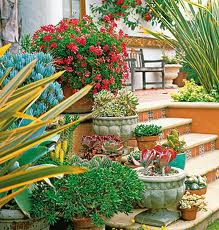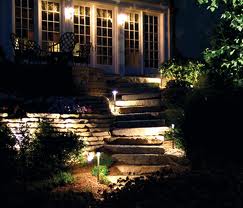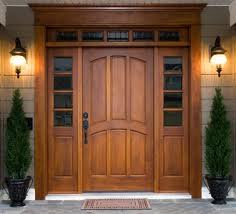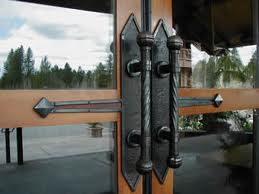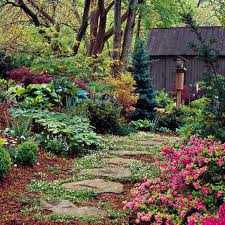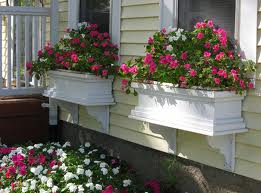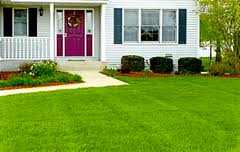Emerging from the mess of the past few years, Northern Colorado may be seeing a more balanced market. I'm not going to jump the gun quite yet and say that it is nearing a sellers market, but things are starting to balance much more. I'll explain....
The chart below shows the number of homes sold from 2010 through April 2012:
As you can see from the data above, we are seeing very impressive sales in 2012 far surpassing corresponding monthly sales from 2010 and 2011. Keep in mind there was a tax credit offered to buyers in Mar/Apr/May/Jun of 2010, and 2012 is still looking very good compared to those sales. What's causing the increased sales? Well it could still be a little tough to tell at this point, but supply and demand is much out-of-balance as it was in the past few years. Now supply is lower and demand is rising as interest rates and prices continue to stay low. The next chart shows an interesting trend as well, can you spot it?
Here we see that since July 2011, we have seen consistent (sometimes double digit) gains in the percentage difference in sales from the previous year. On top of that, the main reason why the first and second quarter of 2011 was skewed was because of the tax credit from 2010. Several hundred buyers were able to jump into the market in early 2010, which made first quarter 2011 look less impressive. Regardless, 2012 is showing very impressive differences from the previous year and all signs point to continued sales growth.
The common thought about supply and demand is that when supply is low, demand creeps up. In the housing market when supply is low, it means that there are fewer homes on the market, and there are "slim pickins" for buyers. That also means there is more competition for fewer homes, which eventually causes price increases, quicker sales and happier sellers.
You'll see seasonal trends that indicate homes more homes come on the market in early spring and begin to trail off as the peak summer season wanes. Both 2010 and 2011 show a very logical trend line, but 2012 is seeing something a little different, nearly flatlined inventory. And beyond that, the inventory levels are much less than 2010 and 2011. What's the reason? Could it be that all the homes that "could" be sold have been sold, and now the homes that are tougher to sell are going to need to prop up the market? It's tough to say. About 20% of the current inventory is either a short sale or a foreclosure, and there are hundreds if not thousands of homeowners that just can't sell because they're underwater on their mortgage and just can't move.
Over the past 2 years, we haven't seen an increase in active homes for sale versus the previous year. That stat alone makes it very apparent that inventory levels are shrinking. This proves that buyers are having tougher times finding an abundance of homes to choose from. If the trend continues, prices will gradually rise, days on market will fall substantially and sellers will eventually have the upper hand.
Will we see a return to multiple offers, double digit yearly appreciation and the start of a new bubble? Probably not, but we could be experiencing a nice rebalance that will help us in consistent, sustainable growth.







